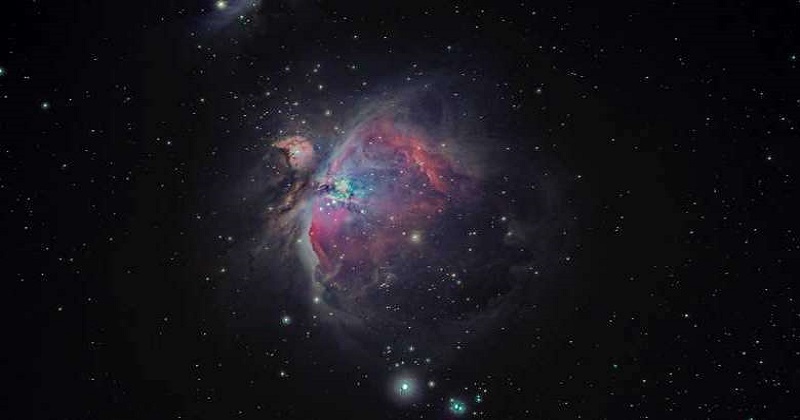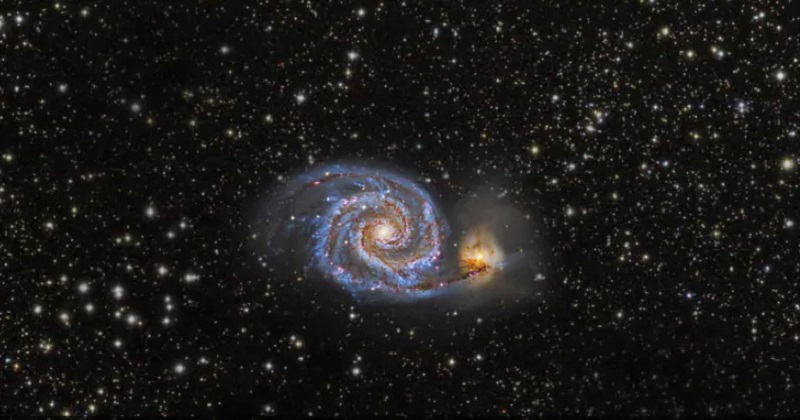
New Delhi: The strange behaviour of the dwarf galaxies lies in the disturbed hydrogen distribution in these galaxies and also in recent collisions between two galaxies. Scientists of the Ministry of Science and Technology observed a dozens of galaxies using two Indian telescopes.


Among the billions of galaxies in the universe, there are a large number of tiny ones 100 times less massive than our own Milky-way galaxy. While most of these tiny tots called dwarf galaxies form stars at a much slower rate than the massive ones, some dwarf galaxies are seen forming new stars at a rate 10-100 times more than that of the Milky-way galaxy. These activities, however, do not last longer than a few tens of million-years, a period which is much shorter than the age of these galaxies – typically a few billion years.
While the former operated at optical wavelengths sensitive to detect optical line radiation emanating from the ionized Hydrogen, in the latter 30 dishes of 45-meter diameter, each worked in tandem and produced sharp interferometric images via spectral line radiation at 1420.40 MHz coming from the neutral Hydrogen in galaxies.
Star formation at a high rate requires a very high density of Hydrogen in the galaxies. According to the study conducted by the ARIES team, the 1420.40 MHz images of several intense star-forming dwarf galaxies indicated that hydrogen in these galaxies is very disturbed. While one expects a nearly symmetric distribution of hydrogen in well-defined orbits in galaxies, hydrogen in these dwarf galaxies is found to be irregular and sometimes not moving in well-defined orbits. Some hydrogen around these galaxies is also detected in forms of isolated clouds, plumes, and tails as if some other galaxy recently has collided with these galaxies, and gas is scattered as remains around the galaxies.
The findings of this research with detailed images of 13 galaxies will be appearing in the forthcoming issue of Monthly Notices of Royal Astronomical Society (MNRAS) Journal published by the Royal Astronomical Society, the UK It will help astronomers to understand the formation of stars and evolution of less massive galaxies in the Universe.

Post Your Comments